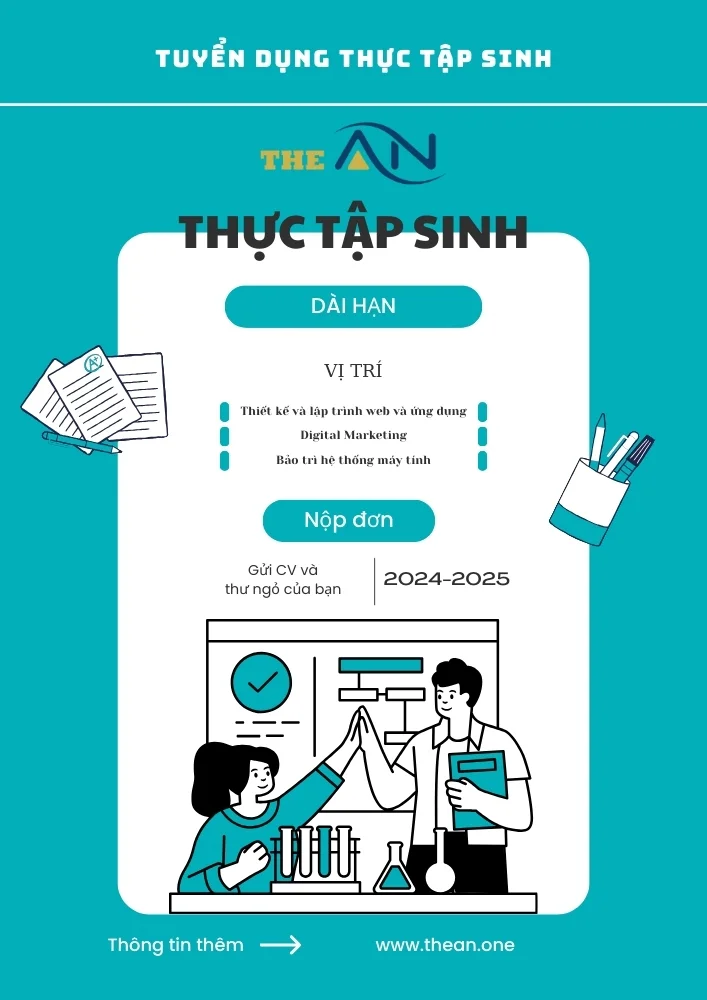Difference between Mrs, Ms, & Miss: Use & Examples

The difference between the terms Mrs., Ms., & Miss. used in various contexts. It helps us understand when to use these titles concerning a woman, whether she is married, single, or unmarried. Apart from these terms, we also have their masculine counterpart, the title Mr., and the gender-neutral term Mx. The titles Mrs., Ms., & Miss., Mr., and Mx. are called courtesy titles.
Such titles are used to show respect, using them in a wrong way can offend a person. Therefore, it is important to use these terms correctly. In this article, we will get to know about the Difference between Mrs, Ms, and Miss, where to use the titles Miss, Mrs., Ms., Miss vs. Ms., and Mr., Use of Mx., Variations in Pronunciation, and other titles used.
Difference between Mrs, Ms, and Miss
The terms Ms., Miss, and Mrs. are often confusing. These terms are used concerning a woman, whether she is married or not. Let us see how these traditional titles are used.
Ms. – does not indicate marital status but is still feminine.
Mrs. – used for a married woman
Miss – used for an unmarried woman
Here’s a table providing definitions, pronunciation guides, and examples of the titles “Mrs,” “Ms,” and “Miss”:
| Title | Definition | Pronunciation | Example |
|---|---|---|---|
| Mrs | Used to address a married woman | [‘Mĭ-sĭz] | Mrs. Roy (married) |
| Ms | Used to address a woman, regardless of marital status | [‘Mĭz] | Ms. Khan (married or unmarried) |
| Miss | Used to address an unmarried woman | [‘Mĭs] | Miss Sharma (unmarried) |
Uses of Miss
In order to show respect for a girl or unmarried woman, the traditional title of Miss. is used. It is used either directly or in combined with a first or a last name, or something else the person represents.
Examples of sentences where Miss is used:
- Miss Sharma won the race.
- Excuse me, Miss. Your bag is open.
- Aren’t you Miss Raichand from down the street?
Historically, in a formal setting, the title Miss was used along with an unmarried woman’s last name, irrespective of whether they knew the person or not. It was also used when the woman’s marital status was not known.
The title Miss. is applied for women who are authority figures like teachers or supervisors. In such a situation, where the woman is in authority, then it is considered polite to use the Miss title until the addressee invited you to use her first name.
Today, it is seen how the title Miss denotes young women, who are not married.
Examples
- Thanks for the invitation, Miss Gupt. We’ll see you tonight.
- Miss Shreya Kumar Sen! Clean your room right now!
Use of Mrs.
To show respect for a married or a widowed woman, the title Mrs. is used. Earlier, it was seen how the traditional title of Mrs. was often used before a woman’s husband’s first and last name instead of her own. This continues even today, but is less used. As a woman’s identity is seen separate from their marital status and those of their partners.
Examples
- Mrs. Khan was my 9th grade teacher.
- Address the letter to Mrs. Sen.
While addressing married women and women in positions of authority, in professional and other formal settings, using the title Mrs. along with their last name was considered polite. Unless, the addressee tells to drop the formal title and use her first name.
Example: Mrs. Roy is a brilliant artist.
Use of Ms.
The title Ms. is also used for women, it doesn’t indicate their marital status. Similar to the titles Miss and Mrs., Ms. can be used before a woman’s name or be used on its own as a form of address.
Example: It was great meeting you, Miss Chakroborty.
Miss vs. Ms.
Both the titles Miss and Ms. can be used for a woman who is unmarried or whose marital status is not known. Whether to use the title Miss. or Ms., depends on the person being addressed. When in doubt, use the title Ms.; like Mr., as it makes the marital status irrelevant in a way that Miss does not.
Use of Mr.
The title Mr. is used for a man. It doesn’t indicate whether a man is married or not.
Examples
- Mr. Gupta is on leave today.
- Mr. Roy is a smart man.
Use of Mx.
These days, a new title Mx. is in news. Mx. is a gender-neutral title used to refer to a person without specifying their gender. Mx. is used to refer to someone who doesn’t identify as a male or a female, or to someone who simply doesn’t want to be identified by their gender.
Examples
- Mx. Goyal will be addressing the meeting now.
- Have you invited Mx. Kumar?
Variations in Pronunciation
- Mrs. sounds like “MIS-iz” or “MIS-is” in parts of the midwestern United States.
- While, the Southerners pronounce Mrs. as “MIZ-iz” or “miz.”
- Finally, Mx. can sound like “mix” or “muhx.” It is more likely to be spoken aloud in the UK than in the US, as the term is more widely known and used there.
Other Titles
Apart from the titles, “Miss”, “Ms.” and “Mrs.,” other titles that can be used for men and women are:
- Doctor: Use this title for a man or a woman who is a doctor, or whether s/he has a PhD.
- Mister or Mr. term is used to address men, whether they are married or unmarried.
- Master title is used for young boys. Once they mature, the title “mister,” is used irrespective of their age or marital status.
Conclusion
As a sign of respect or courtesy, it is considered polite to use titles such as Miss, Mrs., Ms., Mr. and Mx. while addressing a person. It is very important to use these titles correctly in order to avoid offending a person.
These titles shouldn’t be confused with personal pronouns, which can represent people’s identities beyond the gender binary. Thus, we see how important it is to use the title and pronoun that matches a person’s identity when you address them.
Difference between Mrs, Ms, & Miss – FAQs
Mister or Mr. term is used to address men, whether they are married or unmarried. The title Mrs. is used for married or a widowed women or for women in positions of authority. Ms. title is used for women who are not married or whose marital status is not known.
Mister or Mr. title is used to address men, whether they are married or unmarried.
When in doubt, use the title Ms.; like Mr., as it makes the marital status irrelevant in a way that Miss does not.
These days, a new title Mx. is in news. Mx. is a gender-neutral title used to refer to a person without specifying their gender. Mx. is used to refer to someone who doesn’t identify as a male or a female, or to someone who simply doesn’t want to be identified by their gender.
Apart from the titles, “Miss”, “Ms.” and “Mrs.,” other titles that can be used for men and women are:
- Doctor title is used for a man or a woman who is a doctor, or whether s/he has a PhD.
- Mister or Mr. term is used to address men, whether they are married or unmarried.
- Master title is used for young boys. Once they mature, the title “mister,” is used irrespective of their age or marital status.
Quý anh/chị đang tìm kiếm một doanh nghiệp uy tín cung cấp dịch vụ Công Nghệ Thông Tin như Thiết kế và lập trình website, Digital Marketing, hoặc dịch vụ Bảo trì và chăm sóc hệ thống máy tính, ...? Đừng ngần ngại hãy liên hệ với The ÂN qua số điện thoại (+84).326.418.478 để được tư vấn cụ thể, hoặc liên hệ qua mẫu tin.
Các thông tin nổi bật khác:









